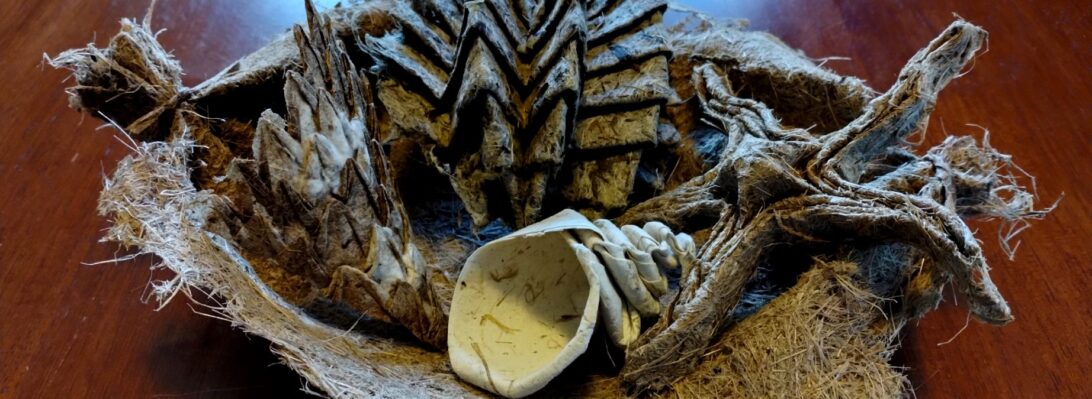It is little known (partially because it is blatantly not true) that Rodin, prior to sculpting his masterpiece “The Thinker” had an altogether different idea:
Our school library is celebrating the National Year of reading by exploring a different theme each month – March is “think” so I put 2 and 2 together and got 17.3.
Based on Neal Elias’s box pleat, this little model is cute with a Brill “Spelling Book” on his lap.
Will not be around for the next couple of themes so this will have to do for a little while














